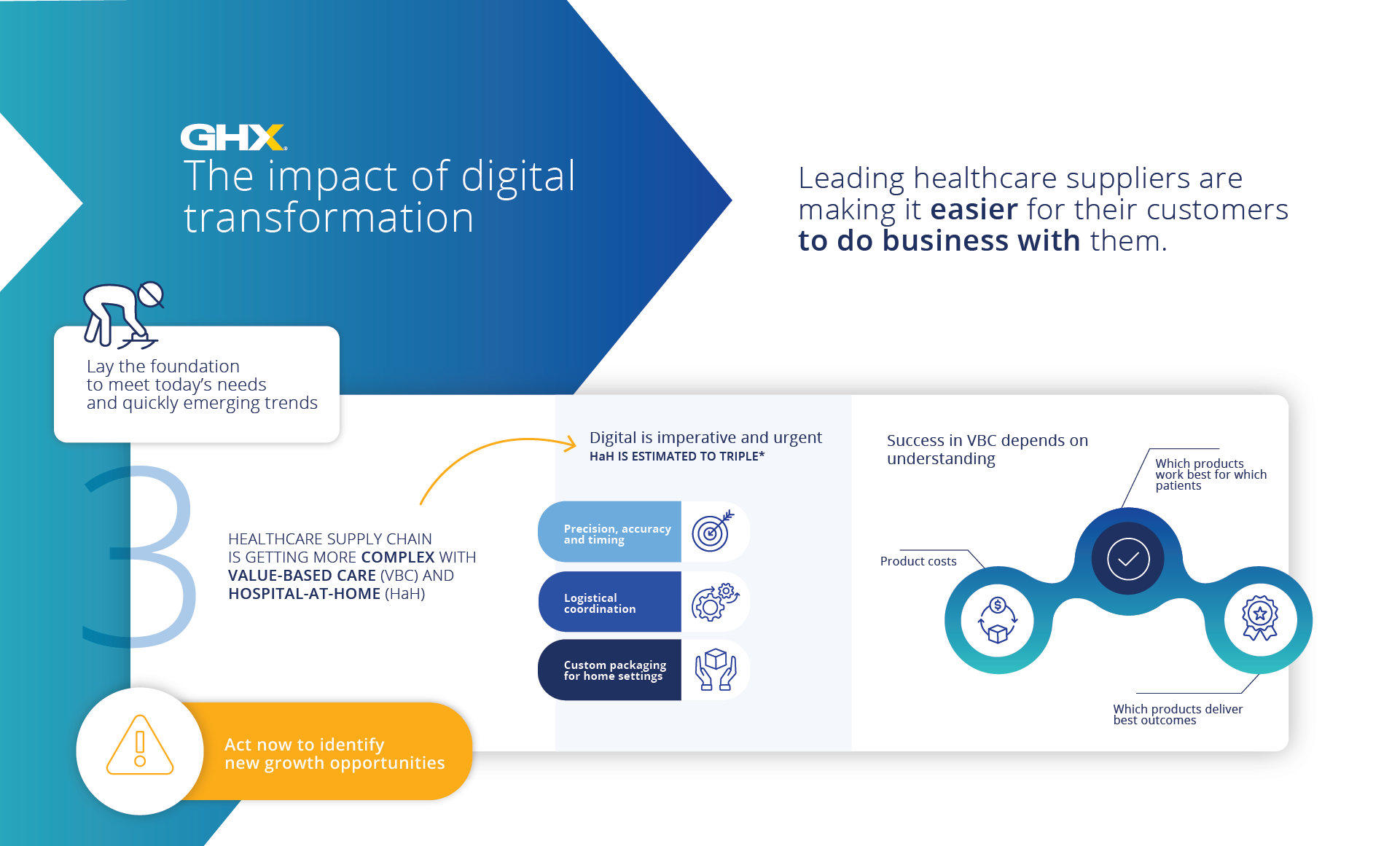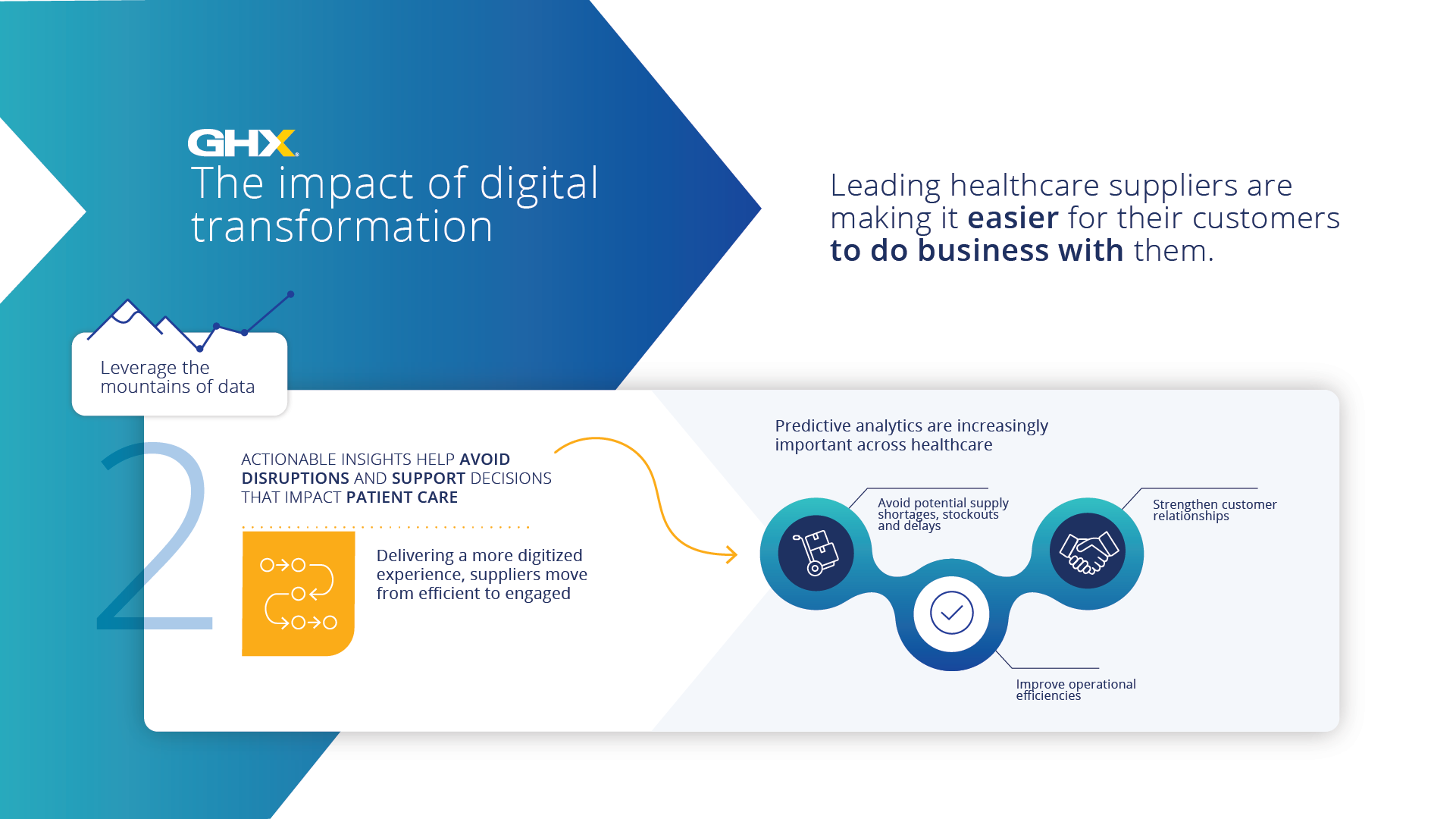Future of Healthcare Supply Chains: An In-Depth Analysis
-
 Kara L. Nadeau, Healthcare Industry Contributor
Kara L. Nadeau, Healthcare Industry Contributor
As healthcare systems seek to build resilience, industry leaders are looking to technology as the primary source of innovation. This in-depth analysis of current challenges and future trends explores the role of AI, value-based care, DEI and sustainability in the future of healthcare supply chains.
Read More






